For more than a century, scientists at Rockefeller University have enhanced our understanding of the molecular basis of life — specifically the relationship between the structure and function of nucleic acids and proteins. They showed that DNA transfers genetic information and that the sugars ribose and deoxyribose are the key building blocks of the nucleic acids RNA and DNA.
Nobel

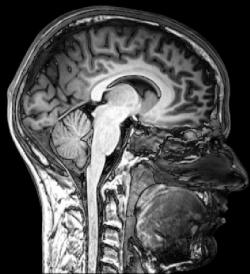
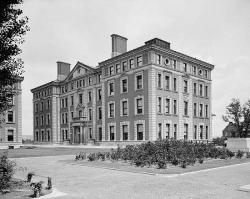
Havemeyer Hall was built between 1896 and 1898 under the leadership of Charles Frederick Chandler. It provided research and teaching facilities for faculty and students specializing in industrial, inorganic, organic, physical, and biological chemistry. Pioneering research done here led to the discovery of deuterium, for which Harold Clayton Urey received the Nobel Prize in 1934. Six others who did research here subsequently received the Nobel Prize, including Irving Langmuir, the first industrial chemist to be so honored, in 1932.
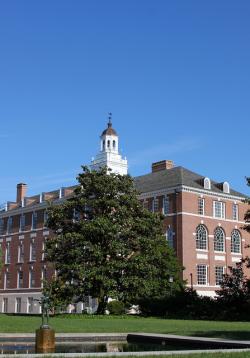
Gilman Hall, built in 1916-1917, accommodated a growing College of Chemistry by providing expanded research and teaching facilities for faculty and students specializing in physical, inorganic and nuclear chemistry. Work performed at Gilman Hall helped advance the fields of chemical thermodynamics and molecular structure, and has resulted in multiple Nobel Prizes. The Hall is most famous for the work of Glenn T. Seaborg and his coworkers, which included the successful identification and production the element Plutonium. Seaborg received the Nobel Prize in 1951 for his accomplishments.

In 1961, in the National Institutes of Health Headquarters (Bethesda, MD), Marshall Nirenberg and Heinrich Matthaei discovered the key to breaking the genetic code when they conducted an experiment using a synthetic RNA chain of multiple units of uracil to instruct a chain of amino acids to add phenylalanine. The uracil (poly-U) served as a messenger directing protein synthesis. This experiment demonstrated that messenger RNA transcribes genetic information from DNA, regulating the assembly of amino acids into complex proteins.
Innovations
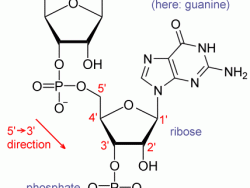
In 1961, in the National Institutes of Health Headquarters (Bethesda, MD), Marshall Nirenberg and Heinrich Matthaei discovered the key to breaking the genetic code when they conducted an experiment using a synthetic RNA chain of multiple units of uracil to instruct a chain of amino acids to add…
Read More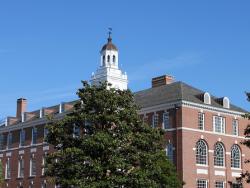
Gilman Hall, built in 1916-1917, accommodated a growing College of Chemistry by providing expanded research and teaching facilities for faculty and students specializing in physical, inorganic and nuclear chemistry. Work performed at Gilman Hall helped advance the fields of chemical…
Read More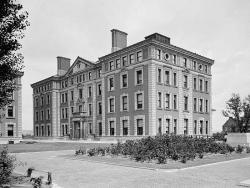
Havemeyer Hall was built between 1896 and 1898 under the leadership of Charles Frederick Chandler. It provided research and teaching facilities for faculty and students specializing in industrial, inorganic, organic, physical, and biological chemistry. Pioneering research done here led to the…
Read More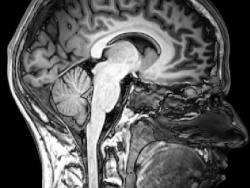

For more than a century, scientists at Rockefeller University have enhanced our understanding of the molecular basis of life — specifically the relationship between the structure and function of nucleic acids and proteins. They showed that DNA transfers genetic information and that the sugars…
Read More

